PART.2 Photos : Mark Laita
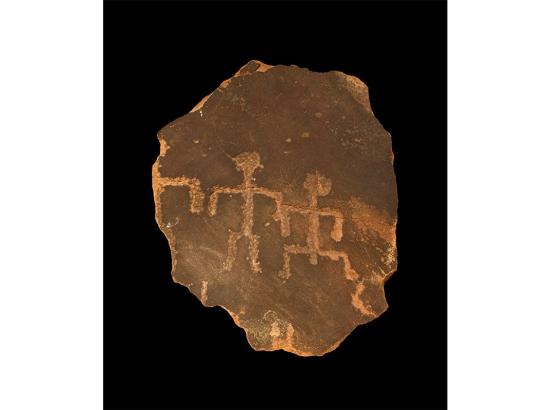 A petroglyph tentatively dated to between A.D. 900 and 1300
A petroglyph tentatively dated to between A.D. 900 and 1300
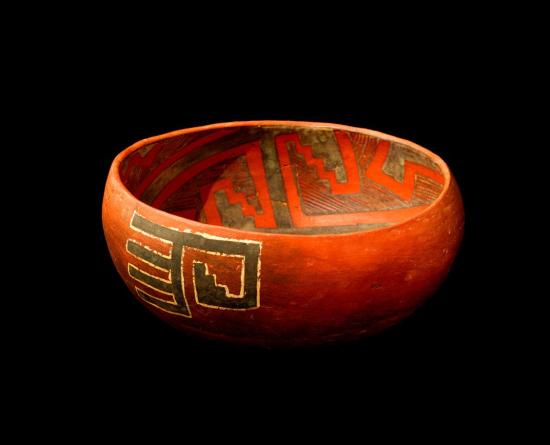 A bowl done in a style seen around A.D. 1100
A bowl done in a style seen around A.D. 1100
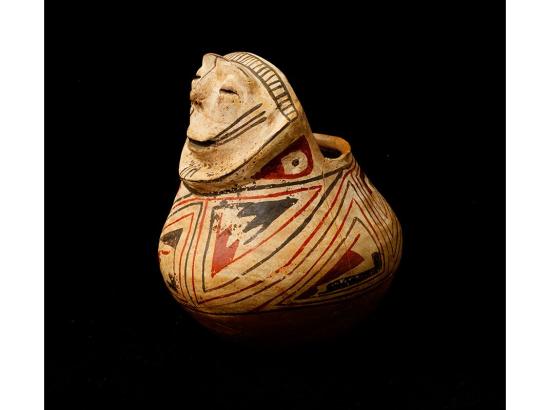 A vessel dating from A.D. 700 to 1400
A vessel dating from A.D. 700 to 1400
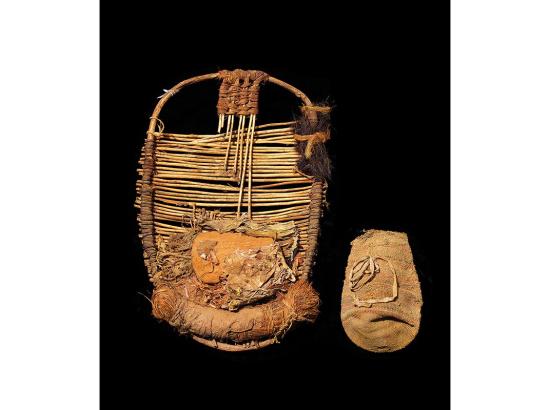 A cradleboard was found with an umbilical pillow. Such pillows, which are extremely rare, disappeared from use around A.D. 400
A cradleboard was found with an umbilical pillow. Such pillows, which are extremely rare, disappeared from use around A.D. 400
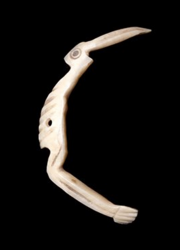 A carved bird originated with the Hohokam people, who may have traded for the shell with costal tribes
A carved bird originated with the Hohokam people, who may have traded for the shell with costal tribes
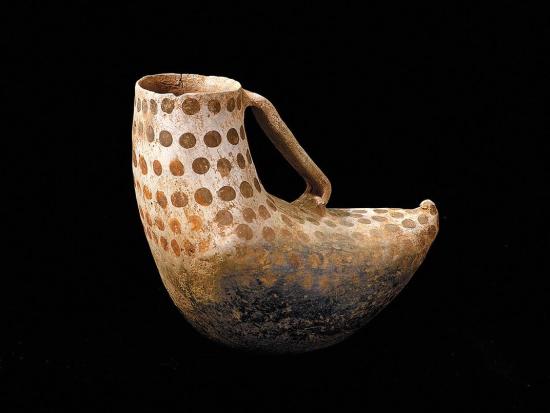 An undated vessel was given the shape of a duck's body
An undated vessel was given the shape of a duck's body
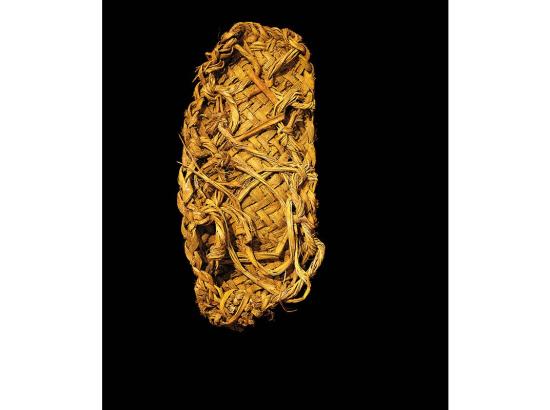 Sandals made of fiber. The fact that the sandals are well-preserved may suggest they are taken from funerary sites, which Native Americans in the Four Corners find particularly disturbing
Sandals made of fiber. The fact that the sandals are well-preserved may suggest they are taken from funerary sites, which Native Americans in the Four Corners find particularly disturbing
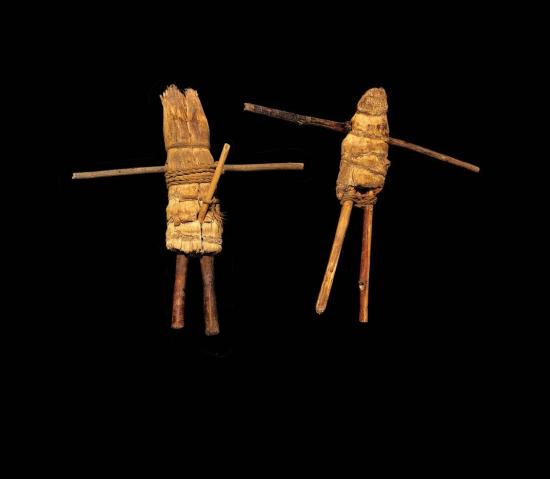 A pair of effigies as fertility figures from 200 B.C to A.D. 400. They may be the earliest such figures ever found in the Four Corners
A pair of effigies as fertility figures from 200 B.C to A.D. 400. They may be the earliest such figures ever found in the Four Corners
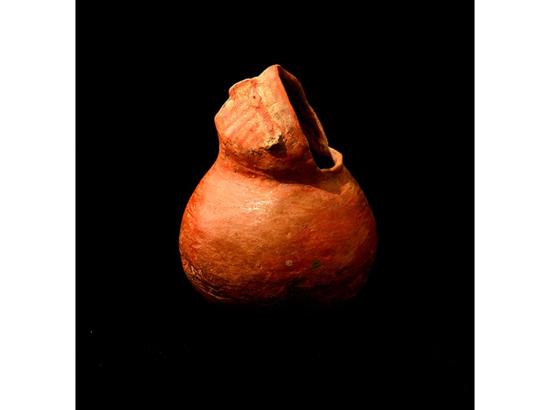 This human head effigy was made by, and is unique to, the Casas Grandes civilization of the Mexican state of Chihuahua. Its use is unknown
This human head effigy was made by, and is unique to, the Casas Grandes civilization of the Mexican state of Chihuahua. Its use is unknown
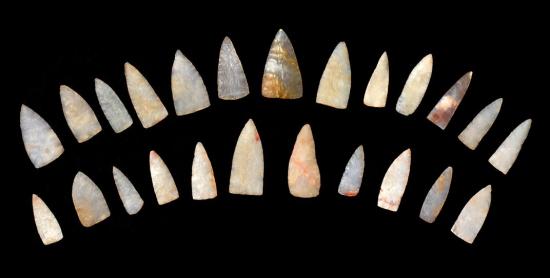 Found together in a cave, these chalcedony spear points, each about 4 inches long and 1/8 inch thick, may have belonged to a great hunter
Found together in a cave, these chalcedony spear points, each about 4 inches long and 1/8 inch thick, may have belonged to a great hunter
 Ancient Indians used pot shards as game tokens and markers
Ancient Indians used pot shards as game tokens and markers